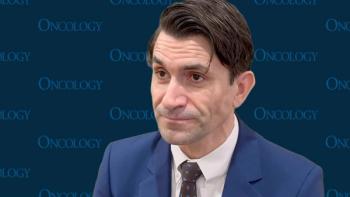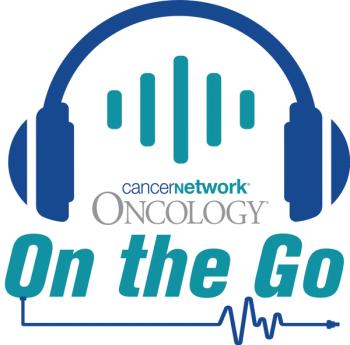
Site of Cancer Care Affected Outcomes for AYAs With Leukemia
Adolescents and young adults with leukemia experienced inferior outcomes compared with children, especially if they were treated outside of a specialized cancer center.
Adolescents and young adults (AYAs) with acute lymphoblastic leukemia (ALL) and acute myeloid leukemia (AML) experienced inferior outcomes when they were treated outside of National Cancer Institute (NCI)-designated Comprehensive Cancer Center (CCC) or Children’s Oncology Group (COG) sites compared with children treated at the specialized cancer centers, according to the results of a recent study
“We found that AYAs diagnosed with ALL from age 15 to 29 or diagnosed with AML from age 15 to 21 who were treated at specialized cancer centers had better outcomes than their peers who were not treated at specialized cancer centers when each group was compared with children treated at specialized cancer centers,” said Julie Wolfson, MD, of the Institute for Cancer Outcomes and Survivorship at the University of Alabama at Birmingham, in a press release. “These data suggest that treatment at a specialized cancer center can mitigate the poor outcomes in younger AYAs compared with children.”
According to Wolfson, AYAs age 15 to 39 years with ALL and AML have worse survival outcomes compared with children age 14 or younger. With this study, the researchers wanted to determine what effect, if any, treatment at an NCI-CCC or COG site had on survival. They identified 1,870 patients with ALL or AML ages 1 to 39 years from the Los Angeles Cancer registry.
Included in the analysis were 978 patients diagnosed with ALL as a child (ages 1–14), 402 patients diagnosed with ALL as an AYA (ages 15–39), 131 patients diagnosed with AML as a child, and 359 patients diagnosed with AML as an AYA. Among these groups, 70%, 30%, 74%, and 22% were treated at a specialized cancer center, respectively.
Among patients with ALL, AYAs treated at non–CCC/COG sites had significantly worse survival compared with children younger than 14 years (ages 15–21: hazard ratio [HR], 1.9, P = .005; ages 22–29: HR, 2.6, P < .001; ages 30–39: HR, 3.0, P < .001). Among those patients treated at a CCC or COG site, survival outcomes were comparable for children and AYAs (ages 15–29); however, outcomes for patients ages 30–39 were still inferior (HR, 3.4; P < .001).
Similarly, among patients with AML, AYAs treated at non–CCC/COG sites had worse outcomes compared with children (ages 15–21: HR, 1.8, P = .02; ages 22–39: HR, 1.4, P = .06). Again, outcomes at these specialized cancer sites were similar for children and AYAs ages 15–21 years, but were inferior for AYAs ages 22–39 years (HR, 1.7; P = .05).
The researchers also explored issues related to access to these specialized cancer sites. They found that patients ages 15–21 years were less likely to use CCC/COG sites than children younger than 14 (P < .001). Among AYAs ages 22–39 years, those with public insurance or no insurance, African-American and Hispanic patients, and those 30–39 years old were all less likely to use CCC/COG sites, the study showed.
“This study highlights the need for ongoing investigations into healthcare delivery in cancer, specifically in AYAs and patients facing barriers to access (lacking private insurance, underrepresented minorities),” the researchers wrote.
Newsletter
Stay up to date on recent advances in the multidisciplinary approach to cancer.
















































































